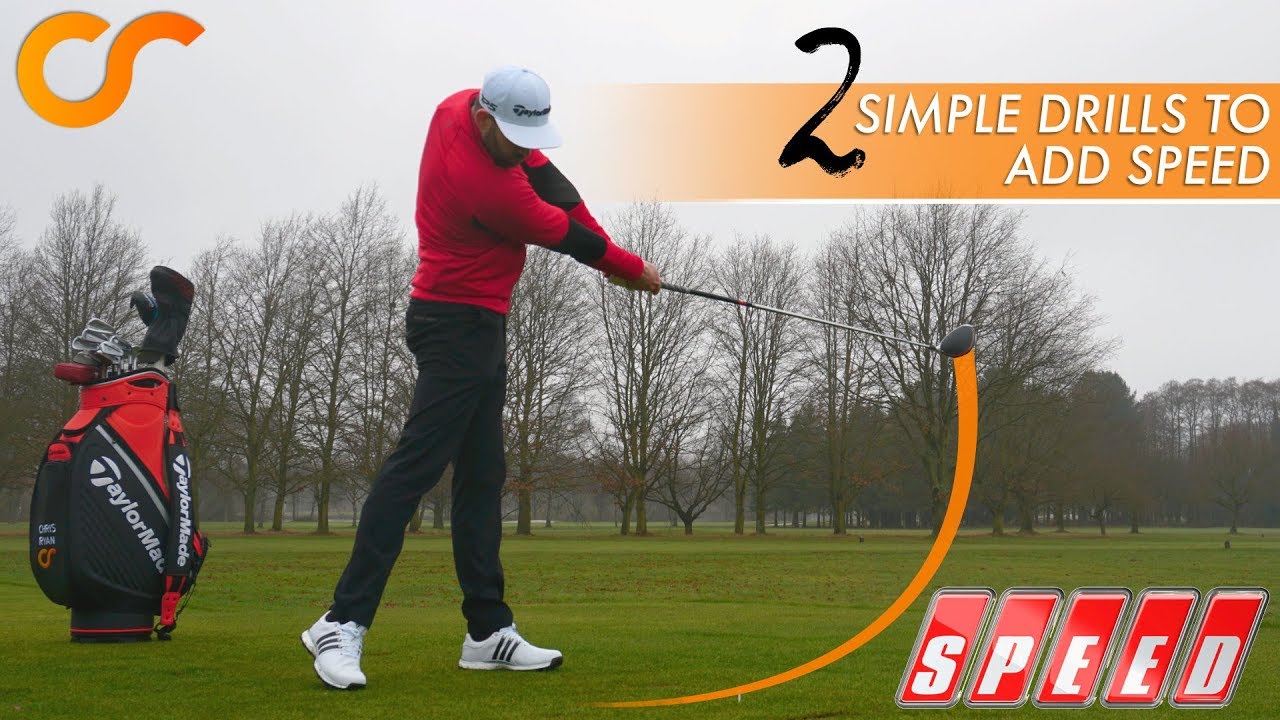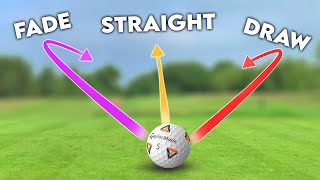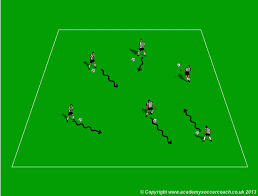
The release of your hands is one of the most important aspects of a great golf swing. This article will show you how your hands can affect your golf swing. It also shows you how to position the hands during the downswing. You'll also learn about the effects of grip pressure and how to get low takeaways with quiet hands. Here are some suggestions to improve your swing.
The release of the hands in golf swing
The most important aspect of the golf swing is the release of the fingers. The clubhead will rotate around your hands as you downswing. Your wrists should then release to allow for strong follow-through. Before making contact with the ball, a good ball-striker will straighten their right arm. Poor contact will be caused by a rapid release of the hands.
Natural rolling of the hands during the golf swing is another important component. Top golfers will usually have their tophand at the top of their grip when they swing backwards, and their bottomhand closer to the target when they swing downwards. After impact, both hands will shift positions, allowing for a more powerful swing. A lower head position helps to increase the clubhead speed.

Positioning of the hands during the downswing
Amateur golfers tend to forget to use their upper bodies during the downswing. They begin the swing with their upper body rather than their lower body. This is a major mistake that will result in a significant loss of power. The "speed arm", or right arm, transfers the momentum from your backswing into the golf swing. The downswing is more successful if your hands are in the correct position.
It is vital to correctly position your hands when you are swinging a golf club. This is the only connection between the club & the ball. It is important to position your hands correctly during the downswing. Your golf swing will improve drastically if you learn how to do it. Continue reading to learn how to properly position your hands and make the most this vital part of your swing.
Effects of grip pressure on hands in golf swing
Grip Pressure and Hands in Golf Swing. When holding your club, make sure your hands are tightened. This is the equivalent of the story of Goldilocks and the three bears: too loose a grip will make the club handle twist when you hit it, and too tight a grip will prevent your hands from swinging the club properly.
Imagine holding a bird to help you determine the right amount of grip pressure for your hands when playing golf. It should be held securely enough to keep it in place, but not too loosely or too rigidly. Another analogy would be holding a spotted owl's egg, which is delicate and should be held gently. Grip pressure can also be visualized using the toothpaste analogy.

Takeaway food at a reasonable price and with quiet hands
The fundamental aspect of a great golf swing is having quiet hands and a low takeaway. Many people confuse quiet hands and tempo. However, this is an important part of the golf game. What is important is the hands' performance in the swing, and how well they perform will determine the distance and accuracy of your shots.
You can start with the downswing to get a low takeaway, but still have quiet hands. The downswing is when the hands move passively with the arm and shoulders. This passive movement is the best for achieving a low takeaway. The hands also play an important role in determining the angle of the wrist during the backswing.
FAQ
What is a "par"?
Par is the number needed to complete an 18-hole hole. The total score is calculated by adding up each player's individual score.
There are 18 holes in a round of golf. Each hole has a different rating. The "par 3" hole is the most highly rated. It is three strokes away. "Par 5" is the lowest rated hole. It is five strokes away.
What do I need to bring on a golf trip?
Consider bringing snacks and drinks. Remember to bring your favorite t-shirt, sunglasses, gloves and towels.
Can you teach me how to play the game of golf?
Yes. You can learn to play golf at many schools. You will have to buy new equipment, including a set golf clubs.
What time is best to play Golf?
Between May and September is the best time to play golf. The weather is mild, there's no rain and it's generally not too hot.
The winter months can bring on extreme cold. It is also difficult to walk on the fairways due to snowfall.
The grass can grow too high in spring and autumn making it difficult to see the flagstick.
How do you learn to play golf properly?
Golf is a skill that takes practice and time. However, it is possible to improve your game over time. Here are some tips to help:
-
Keep practicing. Golf requires constant concentration and attention. Golf is a skill that requires constant practice.
-
Play with others who are skilled at playing. Playing with other people helps you develop your own style of play.
-
Before you start playing, make sure to read up on golf. This will help you to understand what you should be working on.
-
Don't try and master everything at once. Concentrate on one aspect in your game. For example, focus on improving your putting or learning to chip. This will help you feel more confident about your game.
-
Take lessons. Learn from lessons how to improve your posture, swing speed, and stance.
-
Try new techniques. Experiment with different grips, stances, swings, and so on.
-
Keep records. Keep track of your progress and record your scores. This way you can see where you need to improve.
-
Join your local golf club. There are many clubs that offer free lessons. These clubs usually have friendly members who are happy to show newcomers the ropes.
-
Get a coach. You can get guidance from a professional coach on certain areas of your game.
What is a bogey, you ask?
A bogey is a goal for golfers. This is not a part of the game, but merely a way to keep score. The hole is won if the player shoots closest the number.
The concept of a bogey was invented by Jock Hutchison, the first professional golfer from Scotland. The idea was conceived by Jock Hutchison, a professional golfer from Scotland.
To keep track of his progress against himself, he put a number on a piece paper and attached it to his wall. This was known as the "Hutchy Bogey."
What can I do to improve my game of golf?
There are many things you can do to improve your playing ability. A club could be a good option. A club allows you to meet other golf enthusiasts and learn new techniques.
Equipment such as balls and clubs can be purchased. These items will help you to improve your game.
Finally, you could study books on golf. You can also read books about golf to gain a better understanding of the rules and regulations.
Statistics
- They do this by means of assessing and rating courses according to the average good score of a "bogey golfer," a player with a handicap of around 20. (en.wikipedia.org)
- They do this by means of assessing and rating courses according to the average good score of a "bogey golfer," a player with a handicap of around 20. (en.wikipedia.org)
- Buying a set of Titleist or Taylor-Made irons for nearly $1,000 is simply not necessary and likely a waste of money. (golficity.com)
- Professional golfers typically make between 60% and 70% of greens in regulation. (en.wikipedia.org)
External Links
How To
How to Improve Your Putting Game
Since ancient times, golf has existed. It was first played in ancient Egypt, then spread throughout Europe and Asia, and later to America. Golf is a sport that requires many skills such as strength, agility, flexibility, coordination, eye-hand coordination, and concentration.
To play well, you must have good physical fitness and mental preparation. You should also learn how to swing properly and hit the ball with accuracy. This will help you develop a strong sense of balance and timing when you contact the ball.
There are many methods to improve your putting ability. You can improve your putting game by practicing regularly, especially before you play in a tournament. Another method is to use a training device called the "putter trainer." You can improve your posture by using this device to help your muscles bend and straighten down. It improves your eyesight, muscle control, and eye coordination.
Grip pressure is another factor that can affect your ability to putt. Your hands will quickly tire if you grip the club too tight. On the contrary, if you let go of the handle too easily, you may miss out on power. You should adjust the pressure of your grip depending on the type shot. For example, when you're short of the hole, you'll want to apply more force to the club head but less force when you're long of the green.
Your wrists should be relaxed. This will allow for more movement of your arms and shoulders while you stroke. Smooth wrist movement should be fluid. Watch videos and read books on the subject to improve your putting skills. You can also ask experienced players for their tips.